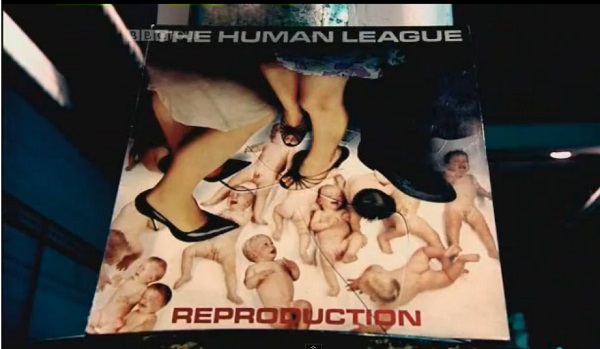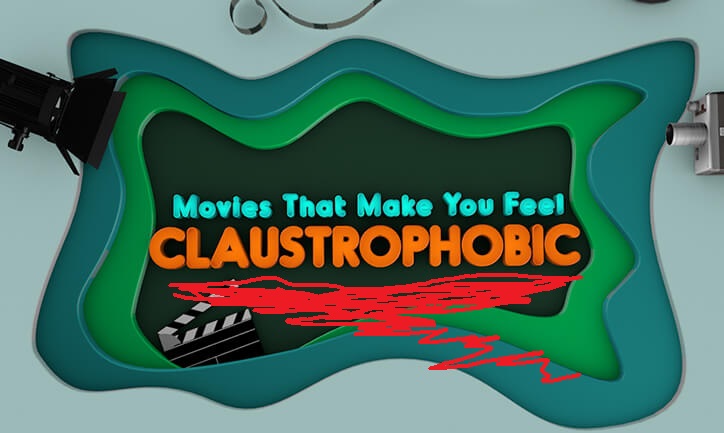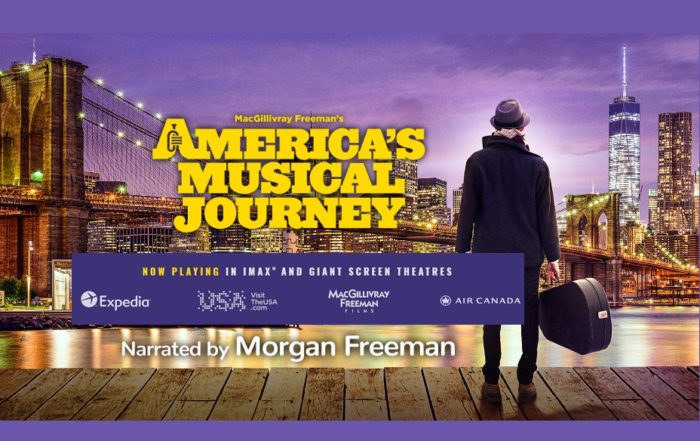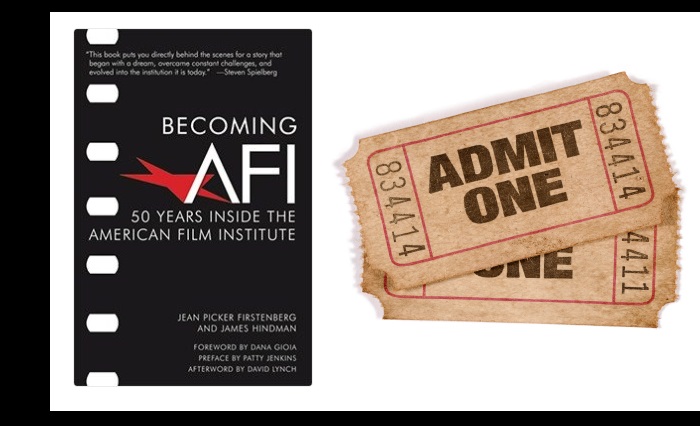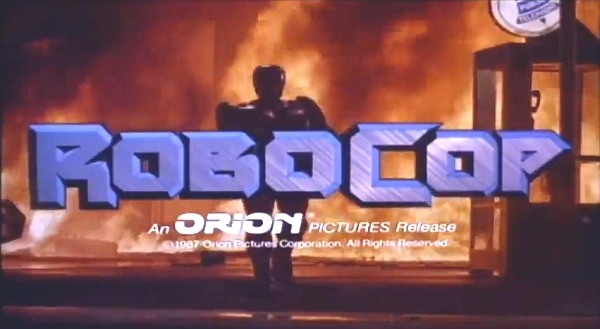For the Silo, Kelly Hargraves.
Tag Archives: cinema
5 Visually Stunning Films Inspired By Art Masterpieces
We’ve touched on the symbiotic relationship between film and art in the past, such as our comparison between Blade Runner and Barry Lyndon. Let’s take a look at a few other examples. Hope you enjoy the article below and as always, if we have missed any please comment at the bottom of the page.

Art and cinema, two powerful forms of creative expression, often intersect in fascinating ways. Many of the most visually stunning movies, like the examples below, take their cinematographic style from the world of fine art. While fine artworks are only single frames, they are able to convey a sense of movement and story through their composition, perspective, form, color, and style.
For example, dynamic brushwork and lines can create a sense of energy and movement, while color and contrast can evoke emotion and progression in the narrative. Those same creative techniques are used by cinematographers to create unique cinematic experiences that resonate with audiences. And in some cases, a film’s visual inspiration is taken directly from specific fine art pieces rather than an overarching fine art visual style.
For artists, examining how filmmakers have drawn from fine art can help gain insights into how visual elements impact storytelling, convey emotions, and engage audiences, offering a wealth of inspiration and new approaches to consider in their own work.
The Exorcist – A Surreal Dance of Light and Darkness
“The Exorcist,” directed by William Friedkin, is a seminal horror film that tells the chilling tale of a young girl possessed by a demonic entity. This film’s stark and realistic visual style heightens the horror of the supernatural events unfolding on screen. There’s a scene in the film where Father Merrin, played by Max von Sydow, stands in front of the MacNeil residence, a street lamp casting an eerie glow in the foggy night.

Scene from “The Exorcist”: The eerie glow of the streetlamp mirrors Magritte’s paradoxical day and night, setting the stage for a chilling tale of good versus evil.
This iconic scene (also used for the movie poster) pays homage to René Magritte’s “Empire of Light” series. In Empire of Light, each painting in the series features a paradoxical scene where it is simultaneously day and night – the sky is bright and clear as if it’s daytime, while the landscape below is shrouded in the darkness of night, often with a single-lit street lamp. This juxtaposition creates an eerie, dreamlike atmosphere that challenges the viewer’s perception of reality.
Magritte’s signature surrealism style often embodied contrasts and contradictions, combining ordinary objects to create a sense of mystery and intrigue. In “The Exorcist,” the same visual concept was used to create a sense of dread and foreboding, using the bright light from the windows above against the lone streetlamp lit on the dark, desolate street. The use of this visual reference amplifies the film’s underlying theme of the clash between good and evil, light and darkness.
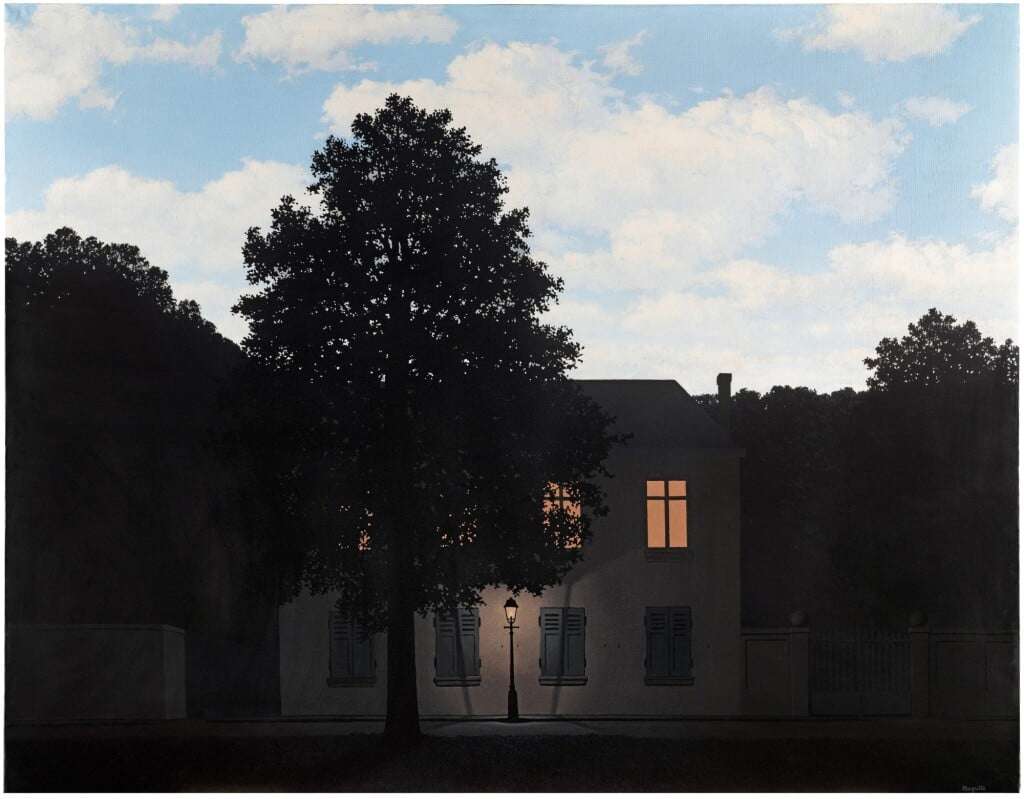
Empire of Light” by René Magritte: A surreal dance of light and darkness that challenges our perception of reality.
William Friedkin, director of the film, commented on that scene during an interview. He said:
“I chose the house to match the Magritte painting. . . I saw [this painting] in the Museum of Modern Art in New York, it’s called Empire of Light by Rene Magritte. I had that in mind, and I chose the house to match the Magritte painting… the streetlamp…the shaft of light.”
Using the same style of juxtaposition as Magritte’s painting helped Friedkin create tension and foreboding seen throughout this film. Whether it’s the contrast of light and dark, old and new, natural and artificial, or any other disparate elements, this technique can be a powerful tool for creating compelling and provocative art.
Also, by referencing a well-known piece of art, “The Exorcist” connects with the audience, adding depth to the film’s visual storytelling. Incorporating references to other works of art can be a way to engage the audience, create a dialogue with other artists, and contributes to the ongoing conversation that is art history.
Inception – A Labyrinth of Dreams and Reality in Visually Stunning Movies
Christopher Nolan’s “Inception” is a mind-bending exploration of dreams and reality. This visually stunning movie is characterized by its complex, surreal architecture and mind-bending visuals that defy the laws of physics. The scene where the dream architects fold the city onto itself is a clear homage to M.C. Escher.

Scene from “Inception”: The city folds onto itself, creating a multi-dimensional dreamscape that echoes the impossible spaces of Escher’s work.
Escher’s work is renowned for exploring impossible spaces and optical illusions, often playing with perspective and gravity to create mind-bending visual paradoxes. “Relativity” is a prime example of this, featuring a labyrinthine structure where staircases ascend and descend in various directions, defying the laws of gravity and normal spatial orientation.

“Relativity” by M.C. Escher: A mind-bending labyrinth of staircases that defy the laws of gravity and spatial orientation.
In Inception, Nolan employs similar visual trickery. The cityscape folds and twists in impossible ways, creating a multi-dimensional space that simultaneously feels possible and impossible. The scene is difficult for our minds to comprehend, much like the world depicted in Relativity. The scene is a visual spectacle and serves the narrative by symbolizing the boundless possibilities within the dream world.
In an interview with “Wired,” Nolan spoke about the influence of paradoxical architecture on the film and stated, “In trying to write a team-based creative process, I wrote the one I know.” Noting that he and his team “liked the idea of exploring paradoxical architecture,” the concept became a key element in the film. The visual correlation between Escher’s “Relativity” and the dream architecture in “Inception” is unmistakable.
For fine artists, the “Inception” and “Relativity” examples offer valuable insights into the power of perspective and the manipulation of space. By referencing “Relativity,” “Inception” brings these impossible spaces to life, creating a visual spectacle that serves the film’s narrative about the malleability of dreams.
Although these surrealist works go to the extreme in manipulating perspective and space, the same idea can be used in non-surrealist works to provide unusual viewpoints, adding a sense of intrigue and dynamism to other traditional art styles.
The impossible, labyrinthine architecture also serves as a visual metaphor for the complexity and unpredictability of the human mind. Artists should consider how visual elements can provide more than aesthetic value or overt narrative context. They can also convey deeper meanings, alternate themes, or subtexts, making the artwork more interesting and evocative.
There Will Be Blood – The Struggle of Man and Nature
Paul Thomas Anderson’s “There Will Be Blood” is a captivating film that delves into the ruthless world of oil drilling in the early 20th century. This beautiful movie’s visual style is stark and gritty, reflecting the harsh realities of its setting and pays homage to the works of Charles Marion Russell.

“Jerked Down” by Charles Marion Russell: A dramatic depiction of the struggle between man and nature in the American West.
Russell’s work often captures the dramatic tension and struggle between man and nature in the American West as exemplified in works like “Jerked Down,” depicting a cowboy being thrown off his horse amidst a thunderstorm – a powerful representation of this struggle. In There Will Be Blood, the scene where an oil derrick catches fire and creates a towering inferno against the barren landscape is reminiscent of Russell’s painting both in style and content.
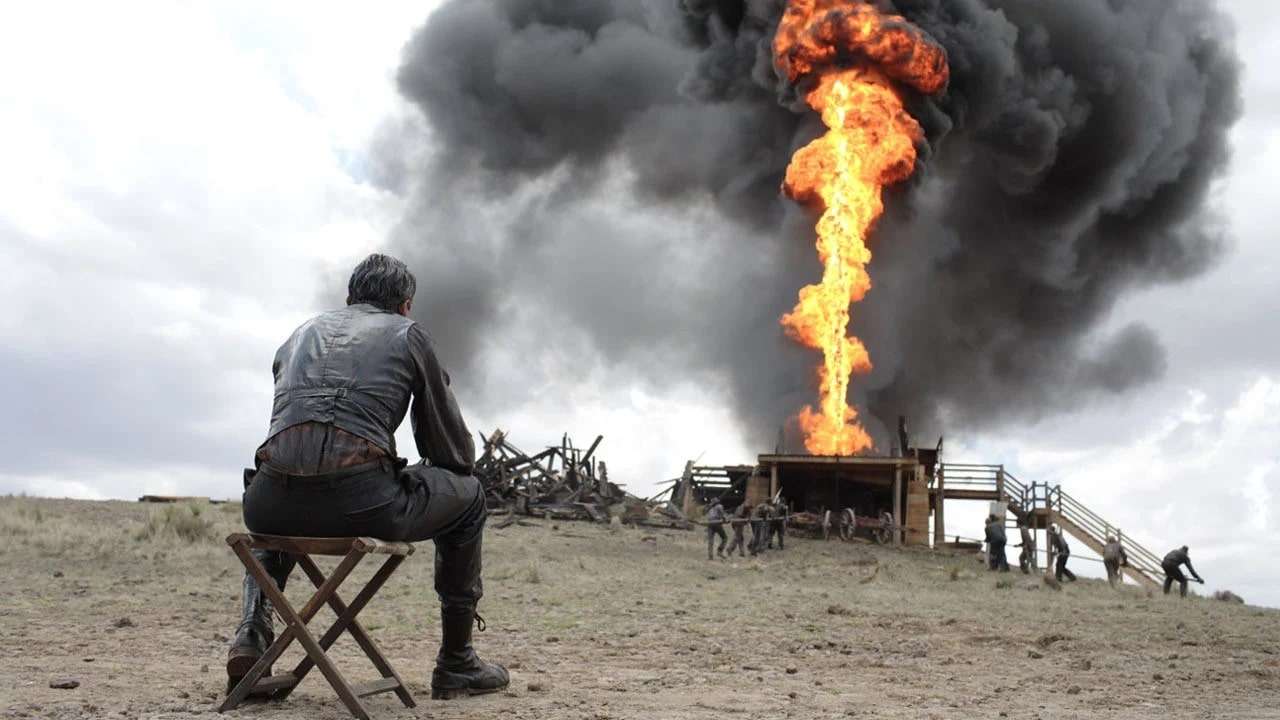
Scene from “There Will Be Blood”: The towering inferno of the oil derrick, a stark symbol of man’s destructive ambition, mirrors the tension and drama of Russell’s painting.
Both works use light and shadow to heighten the tension and drama of their respective scenes. In “Jerked Down,” Russell uses stark contrasts between the dark stormy sky and the lightning-lit foreground to create a sense of impending danger. Similarly, in “There Will Be Blood,” the scene of the burning oil derrick is dramatically lit, with the fiery glow of the inferno starkly contrasted against the dark, barren landscape. This creates a visually striking image that underscores the danger and destruction caused by something uncontrollable.
Additionally, both works use composition to emphasize the scale and power of nature compared to man. In “Jerked Down,” the cowboy is depicted as small and vulnerable against the vast, stormy landscape, emphasizing the power of the natural elements he is up against. Similarly, in “There Will Be Blood,” the oil derrick, while man-made, is dwarfed by the towering inferno, symbolizing nature’s overwhelming response to man’s intrusion.
These similarities in the use of light, shadow, and composition create a visual link between the two works, suggesting a stylistic influence or at least a shared visual language in their depiction of man’s struggle against nature.
The visual elements create drama and a sense of tension but, more importantly, have a huge impact on the narrative. Depicting a struggle between opposing forces can add a sense of dynamism and narrative to an artwork.
Imagine the same scene in Anderson’s film, but instead of the character being small compared to the fiery event, the main character was in the full frame looking up at the fiery plume, which from that perspective, would be far above in the background of the shot. Such a change would remove the idea of a struggle between forces and minimize the metaphor of the oil derrick representing the protagonist’s destructive ambition.
Melancholia – a Psychological Masterpiece of Beauty and Despair
Lars von Trier’s “Melancholia” explores its characters’ psychological and emotional turmoil against the backdrop of an impending planetary collision. This beautiful movie’s visual style is lush and dreamlike, reflecting the inner worlds of its characters. One of the film’s most memorable scenes is directly inspired by John Everett Millais’ “Ophelia,” a painting that depicts the tragic heroine from Shakespeare’s “Hamlet” floating in a stream before her death.

“Ophelia” by John Everett Millais: A serene yet tragic scene that captures the beauty and despair of its titular character.
The painting is renowned for its detailed and emotive depiction of the famous character and for its lush, vibrant colors, intricate details, and sense of serene despair. In Melancholia, von Trier captures a similar mood in the scene where Justine, played by Kirsten Dunst, also floats in a stream surrounded by flowers and foliage. Justine’s floating figure, the serene water, and the surrounding nature all mirror the composition and mood of “Ophelia.” The scene is visually striking and serves the narrative by symbolizing Justine’s despair and resignation in the face of the impending planetary collision.

Scene from “Melancholia”: Justine floats in a stream, her despair and resignation in the face of impending doom mirroring the tragic serenity of Millais’ Ophelia.
The Pre-Raphaelite style that Millais helped pioneer, characterized by its vibrant colors, attention to detail, and emphasis on emotion, is apparent throughout the film, and the visual correlation between this particular scene and the painting is unmistakable.
By referencing Ophelia, Melancholia brings the beauty and tragedy of Earth’s impending doom to life, creating a visual spectacle that serves the film’s narrative about the psychological impact of the event.
The Whispering Wheat Fields of “Days of Heaven”
In the world of beautiful movies, Terrence Malick’s “Days of Heaven” stands as a testament to the power of visual poetry. The film’s imagery, a symphony of natural light and earthy tones, seems to whisper stories of the American heartland, echoing the quiet intensity of Andrew Wyeth’s painting “Christina’s World.”

“Christina’s World” by Andrew Wyeth: A quiet yet intense depiction of solitude and longing in the vast, open landscape.
“Days of Heaven” is a cinematic canvas where the characters are painted against the vast, open landscapes, much like the solitary figure in Wyeth’s work. The characters, dwarfed by their surroundings, become part of the landscape, their stories intertwined with the whispering wheat fields and the ever-changing sky, where humans are but a small part of the larger natural world.
Just as Wyeth captured the subtle play of light and shadow on the grass and Christina’s dress, Malick uses the soft, diffused light of dawn and dusk to paint his scenes, lending them an ethereal, almost dreamlike quality. This masterful use of light enhances the film’s visual appeal and adds depth to its narrative, reflecting the characters’ hopes, dreams, and inevitable disillusionments.
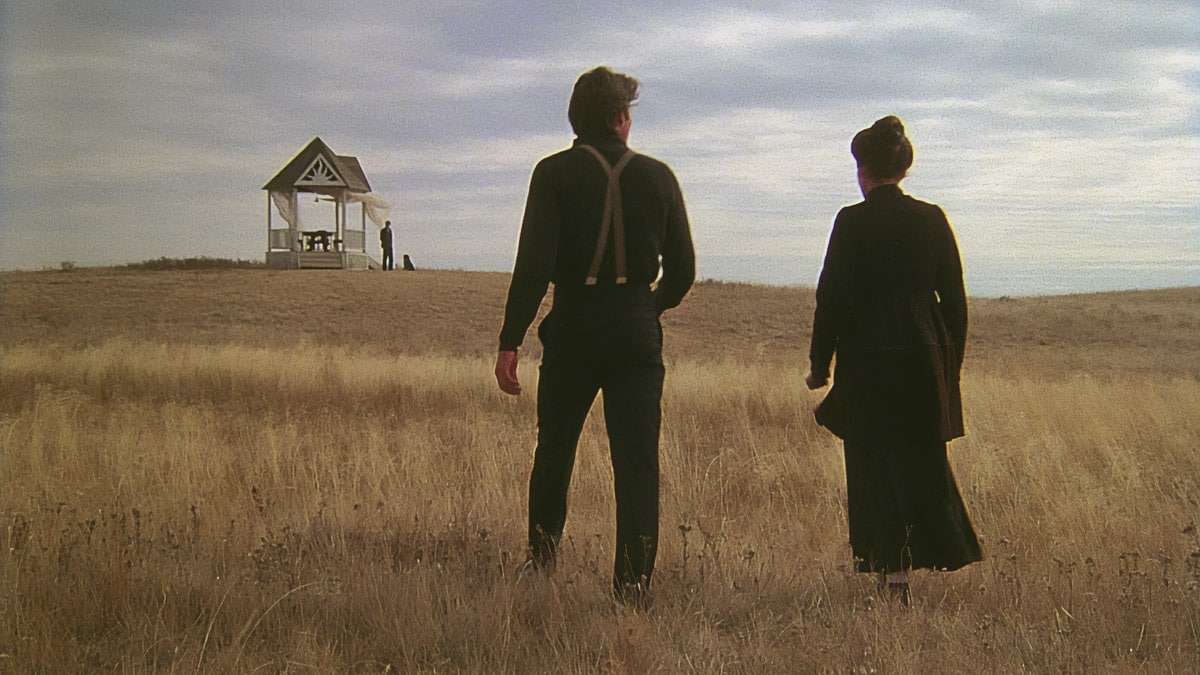
Scene from “Days of Heaven”: The characters, dwarfed by their surroundings, become part of the landscape, their stories whispered by the wheat fields and the ever-changing sky, echoing the quiet intensity of Wyeth’s painting.
The visual language of “Days of Heaven” speaks volumes about its influences. While Malick is a man of few words, letting his films speak for themselves, the cinematographer Nestor Almendros once mentioned that Malick wanted the film to resemble an “old family album.” This desire to capture the past’s fleeting, ephemeral moments resonates strongly with the nostalgic undertones of Wyeth’s work, suggesting a shared artistic vision.
So, what can fine artists glean from this? First, the power of light. Just as Malick and Wyeth used light to infuse their work with a certain mood, artists can experiment with light in their own work to create a specific atmosphere or to highlight certain aspects of their subject. Second, the importance of the environment. “Days of Heaven” and “Christina’s World” shows how the setting can become a character in its own right, influencing the work’s narrative and emotional tone. Artists can think about how the environment interacts with their subjects and how it can be used to convey deeper meanings and themes.
The Enduring Dialogue Between Cinema and Fine Art
The intersection of cinema and fine art is a fascinating exchange that enriches both mediums. As we’ve seen in these examples, beautiful movies like “The Exorcist,” “Inception,” “There Will Be Blood,” “Melancholia,” and “Days of Heaven” have drawn inspiration from fine art masterpieces, creating visually captivating films that audiences will enjoy for decades.
These films demonstrate how the language of fine art – its techniques, motifs, and themes – or its basic principles – such as composition, color, light, and symbolism – can be applied to other mediums to convey emotion, tell stories, and engage audiences.
Ultimately, the dialogue between cinema and fine art is a testament to the power of creativity and the endless possibilities of artistic expression. Whether you’re a filmmaker, a fine artist, or simply an art lover, there’s much to learn and appreciate in this fascinating intersection of art and cinema. For the Silo, Steve Schlackman/artrepreneur.
The Best Theater Sound System In Finland
— Kino Piispanristi integrates Genelec’s famous “The Ones” loudspeaker range along with the latest Dolby Surround technology to deliver premium audio quality — the best to be found (and heard) in Finland.
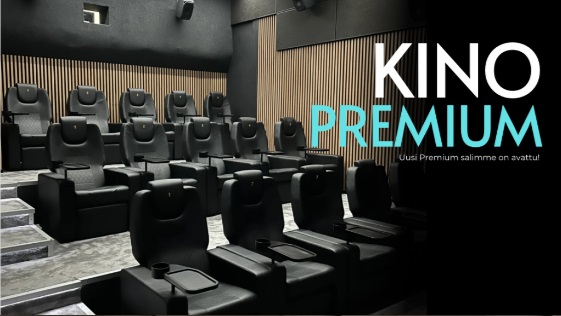
NATICK, MA, August, 2024 —Kino Piispanristi is a full-service 286-seat independent movie theater close to Turku, Finland. The venue is a long-time passion project of Henry Erkkilä, a movie lover who wanted to create a modern cinema that transcends tradition when it comes to audio-visual technology. Kino Piispanristi cinema strives to continually deliver a superior experience, so its luxury new premium screen features a Genelec sound system comprising the brand’s unmatched smart active studio loudspeakers and subwoofers.
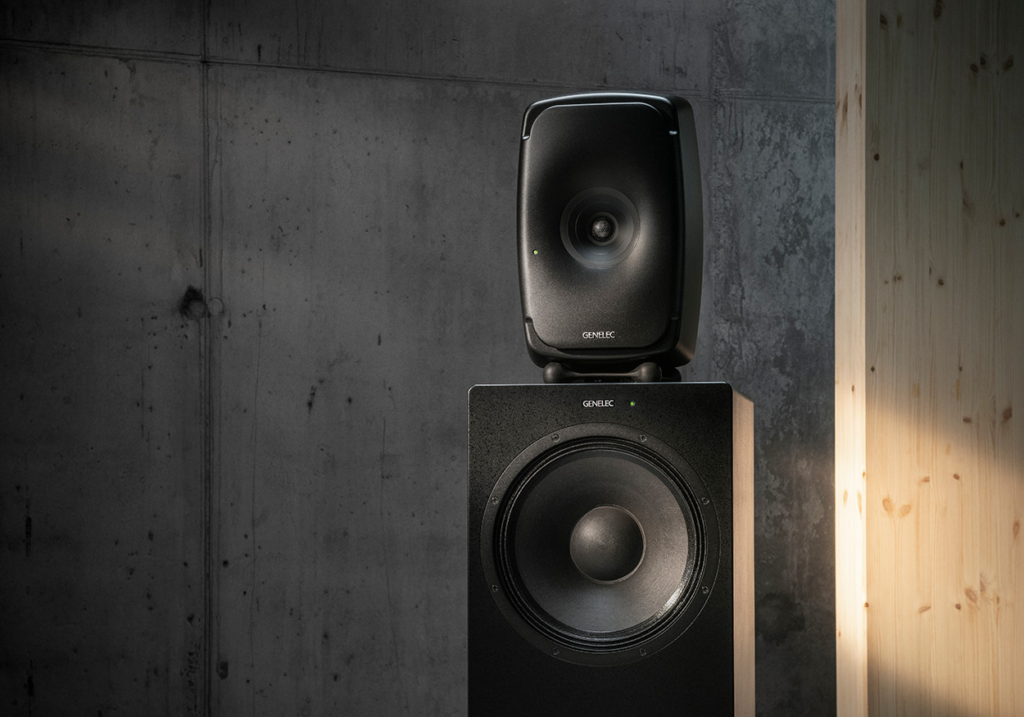
Genelec “The Ones”

Erkkilä discovered his love for the film industry as a young boy. His father had a film projector that he travelled around Sweden with, bringing the latest screen favorites to audiences in his home country. Prior to the screening, Erkkilä would be tasked with dropping off advertisements in the local area, showcasing the movie on offer that evening and encouraging people to attend.
Inspired by his father, he set up his very own touring movie theater concept in 1998, but it wasn’t until 2017 that Erkkilä finally opened his first permanent space. Kino Piispanristi began with two theaters, but now the cinema boasts five screens, as well as additional venues in Turku, Salo and Laitila.
“We strive to offer all the perks of a modern cinema without being a faceless corporation,” begins Erkkilä.
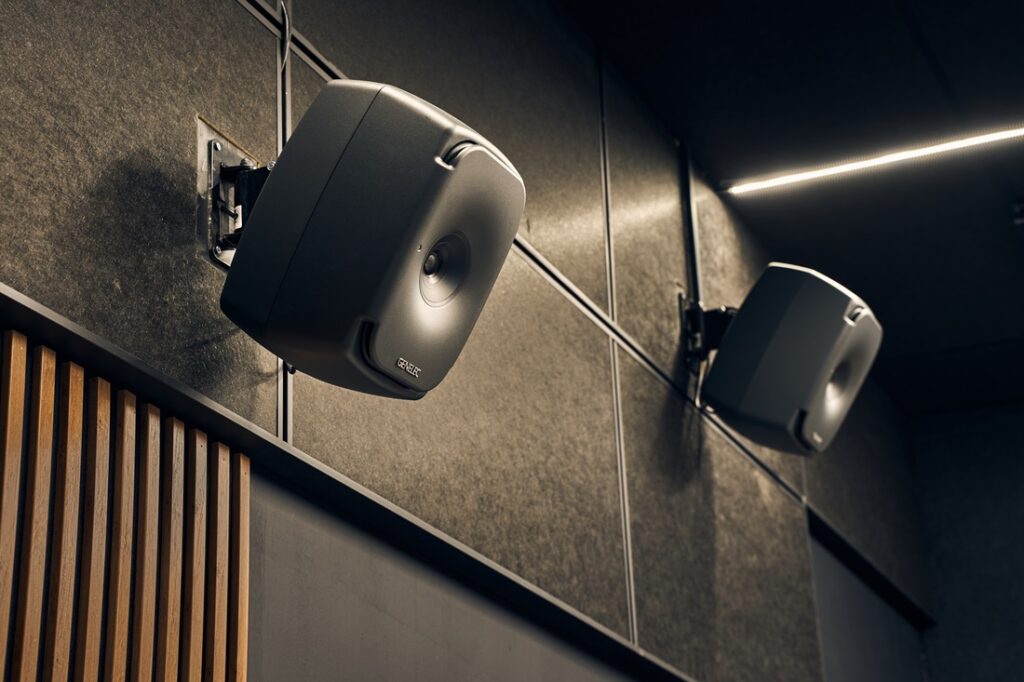
A look at some of the Genelec’s installed in Kino Premium.
“We react to trends quickly and make moves boldly so that our customers can walk in and out feeling happy. Having the greatest theater sound system in Finland is an excellent way to help us light up people’s faces!”
Kino Piispanristi’s newest screen is a premium, more intimate space with exceptional picture quality and a 7.1 audio system based around Genelec’s “The Ones” family of coaxial three-way studio loudspeakers – which deliver extended frequency response, controlled directivity and fatigue-free listening. Three 8361s – the flagship of The Ones range – are deployed for LCR, with six of the more compact 8341s in the surround positions, complemented by two 7380 subwoofers for clean, controlled LF performance.
“For our premium space theater, sound is everything.”
“Theater technology, be it projectors, screens, audio or seats, is constantly evolving and unless you’re among the frontrunners, you might get left behind,” Erkkilä explains. “Genelec is widely known and admired as a wonderful example of Finnish engineering and design. As a local business, we try to emphasize the importance of using locally sourced products, and Genelec’s quality is unmatched. This was a pilot project for us and we’re looking into expanding our other spaces – since it’s been such a hit. We charge a few Euros extra for the premium screen, but the movie experience is so good that our customers still see it as excellent value.”

GLM Space calibration software at work.
Usually found powering the world’s most notable music, broadcast and film studios, Genelec’s studio loudspeakers are now being specified for an increasing number of high-end residential and boutique commercial cinemas around the world – thereby allowing customers to experience the same kind of sonic detail and clarity as the movie creators themselves.
The Ones models provide optimized performance by intelligently adapting to the acoustics of the room, achieved by a combination of GLM space calibration software and internal DSP within each loudspeaker and subwoofer. “GLM calibration allowed us to achieve a better balance with the lower and higher voices on screen,” explains Erkkilä. “Without it, it’s likely that the room would’ve changed the natural feel of the audio. It gave us full control over the system.”
PDF brochure on how Genelec used this cinema for a product case study.
GLM offers precise calibration of each loudspeaker’s in-room frequency response, playback level and distance delay, minimizing unwanted room influences and ensuring the best possible audio quality. In addition to the Genelec system, Kino Piispanristi uses Dolby Cinema processors which bring a natural feel to film soundscapes – immersing the audience in the true excitement of cinema.
“Our expertise in cinema and Genelec’s legacy in sound was the perfect match, and the collaboration was even more meaningful because of the local connection,” concludes Erkkilä. “The Ones loudspeaker series has completely transformed the cinema, and now we can offer audiences everything that the big players can – and more. The cinema is a result of a lot of hard work and dedication, and the Genelec system feels like the icing on the cake. It’s reinvented what we show on the screen.”
Screenings In 70MM Film Hit Differently
This past Saturday, it was back to the Aero at Santa Monica, California for more Ultra Cinematheque 70 Fest.
So far, every one of these screenings have been preceded by a short film titled “Six Tons of 70MM”, in which we follow Matt Burris, an employee of the American Cinematheque, driving around L.A., picking up the prints that will be played throughout the festival. He talks about the work and costs involved in booking, transporting, and projecting these big, heavy-ass prints — this year’s festival totals 40 films — and explains how the higher resolution format makes for a more theatrical experience, quoting Martin Scorsese with “Seventy-millimeter hits different”.
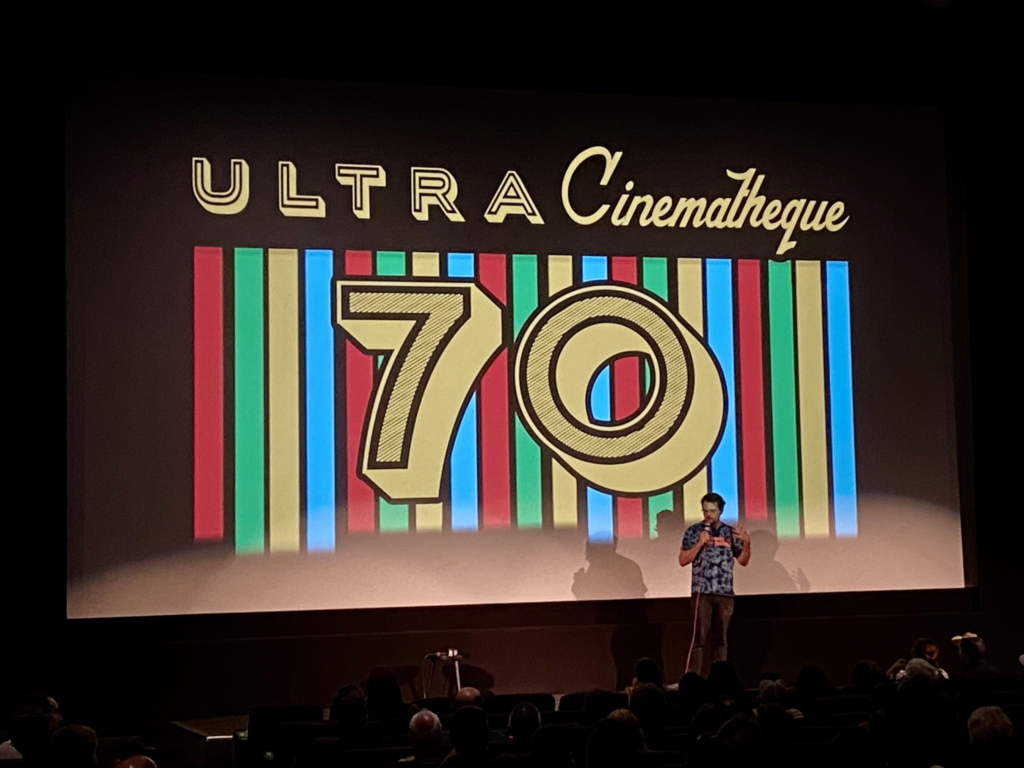
Because this short plays before every one of these 70mm screenings, I was ready to call Burris the Nicole Kidman of the American Cinematheque — if the son-of-a-bitch hadn’t already beat me to the punch during his intro to Saturday afternoon’s screening of 1996’s HAMLET, Kenneth Branagh’s *unabridged* adaptation of the Bard’s play, which was shot in Super Panavision 70. During Burris’ intro, we were told about how the length of the film — over four hours — meant that the *two* projectionists on hand for this screening would be dealing with 20 reels, each weighing about 30 lbs each, totaling about 600 pounds of movie.
I’ve only seen the play performed once, and I’ve never seen any of the film adaptations, neither the Olivier, Gibson, not even the Ethan Hawke one — but I have seen STRANGE BREW, if that counts.
So I can’t compare flicks, but really liked this pumped-up version of the play, which isn’t surprising considering Branagh’s tendency as a director to just Fuckin’ Go For It on some over-the-top shit. That approach might be off-putting to some, but I didn’t have an issue with it, just as I didn’t have an issue with it during his HENRY V. (I still want to see his FRANKENSTEIN movie, for morbid curiosity’s sake, if nothing else.) It didn’t feel like four hours, more like two-and-a-half, if I’m being honest.
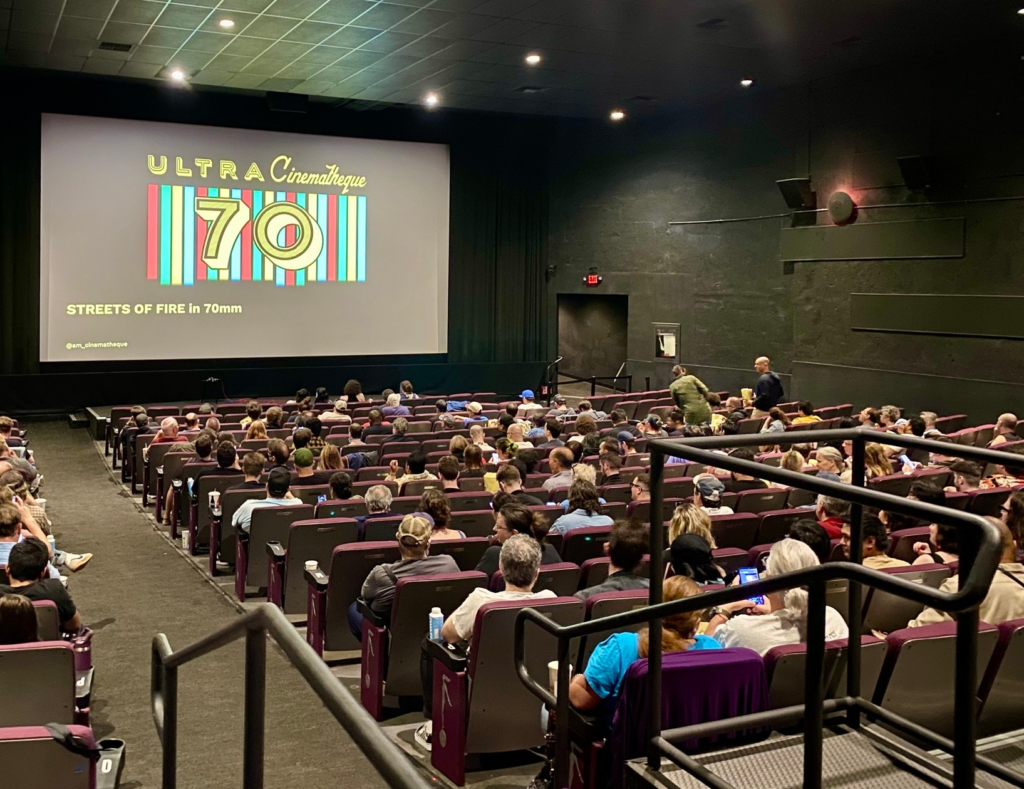
I knew of this film during its original release, but totally forgot about the cast, which includes welcome-but-not-surprising appearances by Kate Winslet, Derek Jacobi, Julie Christie, Brian “Gordon’s alive!” Blessed, John Gielgud, Rufus Sewell (giving me Purple Rain-era Prince visual vibes here), and many other of the usual respected suspects for this kind of film.
But then every once in a while, someone like Jack Lemmon or Robin Williams or Charlton Heston or fuckin’ Billy Crystal will pop up and it kind of took me a bit to get acclimated to the sudden Yank-ifcation of the atmosphere; of these Special Guest Stars, I felt Crystal (no, really) and especially Heston gave the best performances.
The print looked good, some lines here and there, but there was an odd inconsistency in the rear surrounds with echoing voices in the interior scenes, some parts had it, others didn’t.
But the main thing is that it was a great looking film, shot on 70mm, shown in 70mm, and unlike say, certain foot-fetishizing filmmakers, Branagh and cinematographer Alex Thomson took full advantage of the format, filming in big, wide spaces, both interior and exterior. They do a lot of talking here, but make no mistake, this is a goddamn Movie.
There was a ten-minute intermission a little after two hours, which allowed some of us in the audience to use the restroom, get snacks, or in my case, run four blocks down to feed the meter (which by that point, had expired about ten minutes earlier) because this was a 2PM afternoon show and those Montana Ave. parking enforcers don’t get off the clock until 6pm.
Later that evening, I was back inside the Aero for STREETS OF FIRE, directed by one of my Mount Rushmore directors, Walter Hill. I had actually seen this 70MM print before at the Aero in ’17 — it starts with a British Board of Film Classification at the beginning — and both viewings were equally loud and pristine, both viewings rocked my world.
It’s not even so much a Style Over Substance deal here, it’s more like Style *Is* Substance — the music, the clothes, the attitudes, the neon-lights, the wet streets, the cars (oh my god, the cars), the bikes, the guns, and badasses of both genders.
(And Diane Lane too. I mean, wow.)

Let me mention the music yet again, because both the mix of rock & roll, doo-wop, Ry Cooder score, and Jim Steinman’s breathlessly passionate rants and screeds and laments set to melody, well, they shouldn’t blend so well, and yet they do, kinda like how the film’s world of 1950s meets 1980s shouldn’t blend so well, and yet it does.
During this viewing, I focused more on the dynamic between Michael Paré’s Cody and Amy Madigan’s McCoy. I love how they don’t flex or flaunt, they’re just casually ultra-competent, it’s just what they do when called upon to do it, and I wish I lived in the timeline where we got to see them do more of it together in follow-up films. I’d have followed them anywhere.
One of the things I love about Hill is just how meat & potatoes and no-frills his stories are, they’re real cut-to-the-quick tales that don’t overstay their welcome, populated by characters that are old-school types rather than fleshed-out collections of hopes, dreams, anxieties, etc. (Hell, he didn’t even give the characters of THE DRIVER names, just designations.) He gives you the good guys and the bad guys and that’s it, that’s the Walter Hill way, and his way is an increasingly fresh — and dying — breath of air in today’s chatty and jokey “he just like me fr fr”/“so that just happened” world of action cinema. (Not that I’m against that kind of movie — I enjoyed THE FALL GUY — I just don’t want to see *only* that kind of movie.)
Give me men and women of few words and more actions, is what I mean, or to quote McCoy, “Are we gonna do it, or are we gonna talk about it?”
Hell yeah, McCoy — you can watch my six and sleep on my couch any time.
Great crowd for this showing, a packed house full of both fans and first-timers alike who clapped and laughed at all the right moments. I overheard a lot of excited reactions after the film by people who had no idea what they were in store for, but were very happy they got to experience it. Which in turn made me even happier.
On the walk back to my parking spot, I passed by a car blasting the soundtrack — this also happened when I saw this in ’17, as well as after a 35MM screening at the New Beverly Cinema in ’10. I just thought you should know that. For the Silo, E.F. Contentment. All photos by the author.
Canada’s Changing Climate: What Key Cities Could Look Like With ‘Dune-Ification’
How Climate Change Could Transform Cities into a Dune-Like Landscape
Dune’s cinematic and literary success reflects our fascination with desert landscapes. But the vast deserts of Arrakis, the movie’s fictional planet, hold a deeper meaning. They serve as a cautionary tale for our own planet threatened by desertification.
A new study by our friends at Top10Casinos.ca reveals how Canadian and other global cities threatened by climate change would look in the Dune Universe as TikTok searches around Dune: Part Two and climate change spike 7,700% in just 30 days.
Dune: Part Two, is already reaching massive box office milestones surpassing $150 million usd/ $204 million cad, and TikTok searches for the ‘new dune movie’ have soared 4,606% in just 30 days. In the past month, searches around the movie’s desert-like filming locations have increased 141%, while queries related to ‘climate crisis 2024’ have spiked 3,100% in the social media platform.
Known for its amazing cinematography and striking desert visuals, Dune’s landscape is something that makes it instantly recognisable. But the movie’s vast deserts are more than just a stunning backdrop. They serve as a stark warning of a potential future for our own world impacted by climate change.

Do Canada’s iconic outdoor skating rinks face a frosty future? While bundling up for harsh winters is a national pastime, a worrying trend is emerging. Since 1950, winter temperatures have soared by over 3°C, outpacing global warming by a factor of three.
Toronto, Ontario
Toronto, once known for its predictable seasons, is grappling with the impacts of climate change. The city is experiencing a rise in average temperatures, leading to more frequent and intense heat waves that strain infrastructure and threaten public health. Winters are becoming shorter and less severe, with unpredictable precipitation patterns bringing both heavier downpours that overwhelm storm drains and periods of drought that stress green spaces and water resources.
Vancouver. British Columbia
Like many coastal, seaport cities, Vancouver is feeling the brunt of climate change. Rising temperatures are a key concern, with projections for hotter, drier summers and wetter winters. Sea levels are also on the rise, threatening coastal areas with flooding. The City of Vancouver itself is planning for up to a 1.4 meter rise by 2100, which would inundate parts of the city during major storms.
Montreal, Quebec
Montreal’s climate is expected to experience significant changes due to climate change. Average temperatures are projected to rise by 1.5-2.3°C by mid-century, leading to more frequent and intense heat waves. This can strain infrastructure, harm public health, and disrupt outdoor activities. The city is also likely to see increased precipitation extremes, with heavier rainfall events and the potential for more flooding.

Niagara Falls, Ontario
Studies suggest Lakes Erie and Ontario, feeding the Niagara River, could see water levels drop a meter by 2050 due to increased evaporation and less snowfall. This decline could impact the Falls’ power and beauty. Additionally, more extreme weather events like flooding could damage surrounding areas. While milder winters might extend tourism, climate change poses significant ecological and aesthetic challenges.
Methodology
- We researched cities most at risk of desertification using: https://www.tomorrow.city/cities-at-risk-from-desertification/.
- We then input these cities into Bing’s Image Creator AI generation tool using a specific prompt to make the images look like a Dune landscape.
- Search volumes and trends were gathered using https://keywordtool.io/.

Photo Essay- How Much Did Blade Runner Borrow From Barry Lyndon?
Kubrick. Scott. Which one of these directors needs their first name in order to be recognized by most movie watchers? Yeah, thought so. Let’s try this introduction another way: Kubrick. Ridley Scott. Ah that’s better.
Regardless of who is more recognizable, the fact remains that both of these cinema geniuses created masterpieces on celluloid.
Stanley Kubrick’s work dates earlier than Sir Ridley’s films ( 1977’s The Duellists) by almost a quarter century (1953’s Fear And Desire) but this is balanced by the fact that Scott continues to make films. The upcoming Napoleon will be his 18th feature film since 1999- when Kubrick tragically passed away shortly after finishing Eyes Wide Shut.
There are many films to choose from when picking a movie that is Stanley’s masterpiece but Barry Lyndon is receiving a renewed interest from film critics and writers. Shot entirely by natural light and candle light, Barry Lyndon required the assistance of NASA since it required an entirely new kind of camera lens to capture the scenes and oh those scenes!
There is something familiar about them….have I seen them before in a later film from another director perhaps?
1982’s Blade Runner is heralded as the de facto science fiction film due to its own innovations. It offered a serious look at a believable and highly stylistic future and the earliest on screen representation of cyberpunk. The sets, scenes, compositions of shots, costumes and overall atmosphere were unlike anything seen on film before….or were they? Let’s take a look at both Barry Lyndon and Blade Runner side-by-side.
As I continue to compare and unravel more similarities I will update this post but in the meantime if you know of something I have missed please feel welcome to add your thoughts and discoveries in the comments section below. For the Silo, Jarrod Barker.







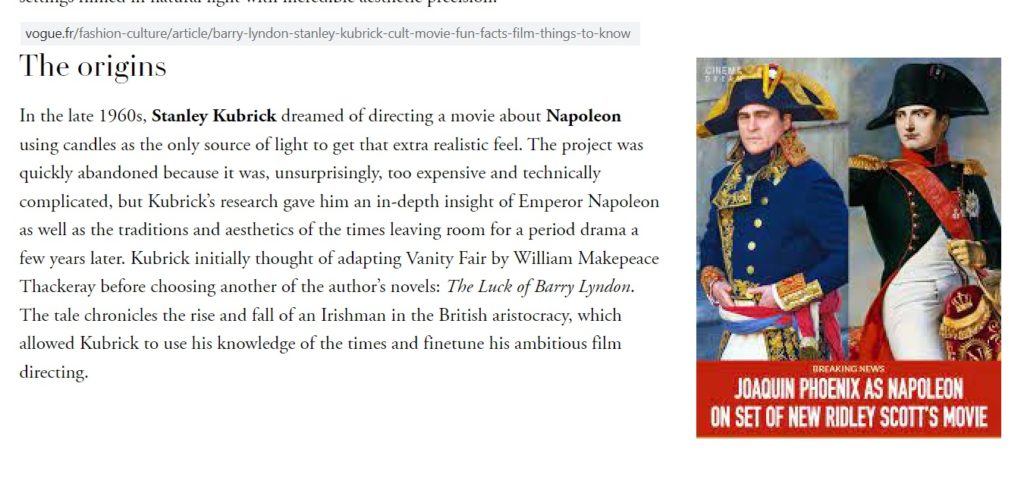
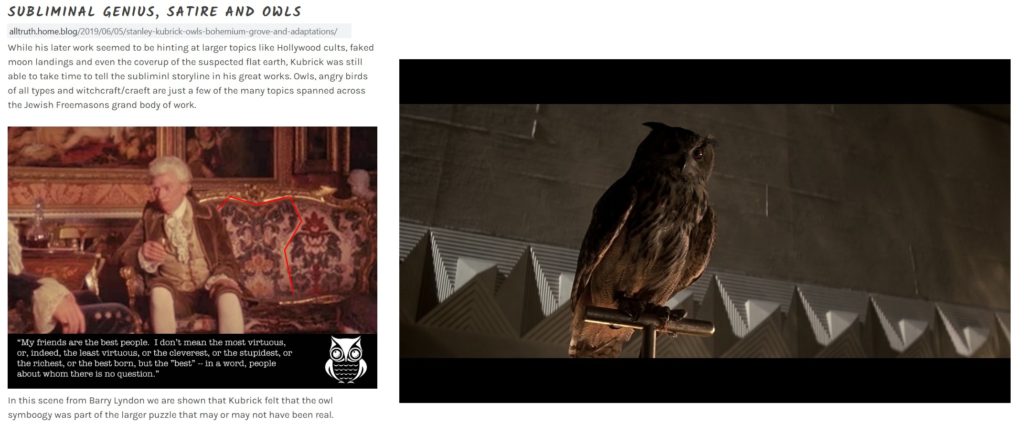
Synth Britannia Shows The Future Was In Fact Delivered
Come on, you have to admit. It’s a lot of fun to stumble around YouTube with that old pre-internet habit of television channel surfing surprising you with random discoveries.
When I do, I particularly enjoy reading comments left by others who have somehow found their way to whatever it is I happen to be watching. This comforts me because I know that this method of purposeful and accidental consumption of media is not exclusive to me [many comments start with: “Not sure how I ended up at this video but….” or ” __________led me here.”] but perhaps I’m alone in the belief that spontaneous discoveries help connect me better to the production. I think what I’m talking about is called “verisimilitude” and no doubt as I type this out there’s someone trying to figure out how they’ve discovered the same excellent BBC synth documentary that I discovered by chance: Synth Britannia.
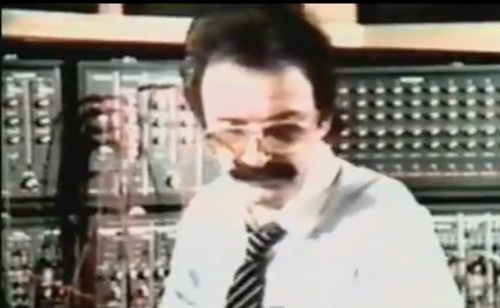
A few years ago, I was enjoying reading a guest editorial in Wired by comedy bull Will Ferrell. )
Not one to beat around the bush, Will wanted to know what had happened to the future? Specifically the future suggested if not promised in comic book ads to the then pre-adolescent Will Ferrell. He asked, where were the Jet packs, autopilot-flying cars and robot butlers? It occurred to me that if Will was an electronic musician he would have come to the same conclusion that the producers of Synth Britannia did while they drew up the plans to make their excellent documentary: The future did come, it just wasn’t so literal.
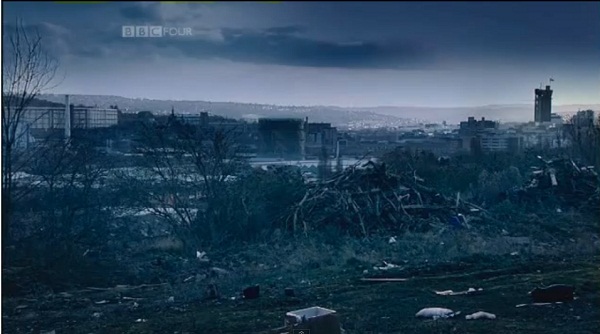
To compound matters this future somehow passed by all of us, unless perhaps you were a student of history or an existentialistic, free-radical electronic acolyte or computer programmer back in the golden age of dystopia vision. I call this era the ‘other’ 1970’s.
I have added the qualifier: ‘other’ 1970’s, because today’s media mistakenly focuses on reinforcing the bell-bottom, disco driven qualities of the 1970’s but there was a much more robust, artistic movement running against the grain in the same way that meaningful art has always done. This movement bridged fashion, art, cinema, sound design and of course music and if you want to learn more while being thoroughly engaged, then spend some time paying attention while you watch Synth Britannia.
You might even find yourself considering an impulse purchase of a mini Korg 700S. I know I did.
Supplemental- While I polished this article, one thing became apparent. New music or to be specific, those new artists that are being profiled on national television as new music agents are all lacking the one thing that characterizes the heroes of this column. Simply put, today’s music heroes are not a unity of ideas and expression. They are not bands. They are performers representing wish fulfillment with no sense of genuine attitude or social commentary and perhaps even worse, no sense of daring inventiveness. So far, most (but not all-there are exceptions) of today’s star performers are ‘safe’, predictable and lacking in terms of communicating their alienation. They have become game show contestants. This is because media business (in other words the television networks) has formulated and created what is palatable to an audience. The home video game market further suggests and reinforces created fantasies with interactive games that essentially boil down to a form of karaoke or twister. Simply put, new consumer habits are being engineered and I’m sure they always will be.
So, as listeners, is it fair to say that we no longer think for ourselves and we no longer question what is ‘good’ or ‘impactful’? With today’s de rigueur promise of dream and wish fulfillment (in terms of television shows that empower an audience with voting privileges to create the next pop star) that most crucial artistic ingredient: “individualized commentary” has been eradicated. Even more alarming is that consumers’ freedom of choice is being challenged.
That’s likely because the major media corporations feel wholly threatened by what the internet promises: a vast sea of content that is discoverable and searchable by desire or by chance.
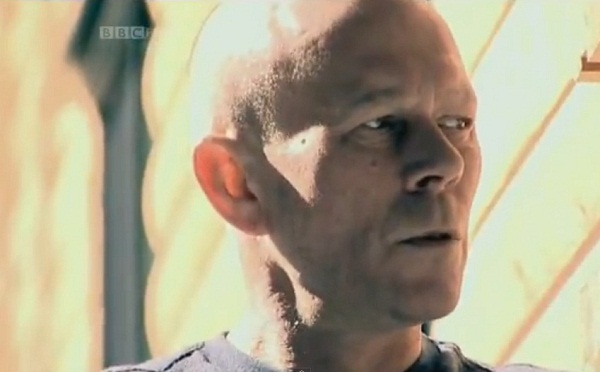
So-is it fair to say that we have become woefully inadequate in identity and informed choice? If there is art, angst and message, where can we find it? Try channel surfing around YouTube and follow what catches your interest. For the Silo, Jarrod Barker.
Movies With The Most Claustrophobia
Claustrophobia. Few feelings create anxiety more than being trapped in a small confined space. Many films take advantage of this discomfort, often being filmed in one location or room for the entire movie.
We look here at some of the best, ranked in order of their claustrophobic factor.
Did we miss one? Do you disagree with our ranking? Leave us a video comment by clicking the record button- we’d love to hear what you think.

Explore The Evolution And Creation Of America’s Music On Giant IMAX Screen
America’s Musical Journey follows singer/songwriter Aloe Blacc as he traces the roots of American music and explores the great musical cities- places like New Orleans, Chicago, Nashville, Miami, New York City and more- where such electrifying art forms as jazz, the blues, country, soul and rock and roll were born.
In America’s musical cities, every chord, every riff, every bang of a drum tells a story. In America’s Musical Journey these stories come together to create a soundtrack for the American experience—a soundtrack that showcases the nation’s diversity and its collision of cultures, culminating in a unique blend of sound, music and innovation unlike anywhere else in the world. Click here to read full PDF release.

“There’s something exciting that happens when different cultures come together as they have in America. One of the things that happens is incredible creativity.”
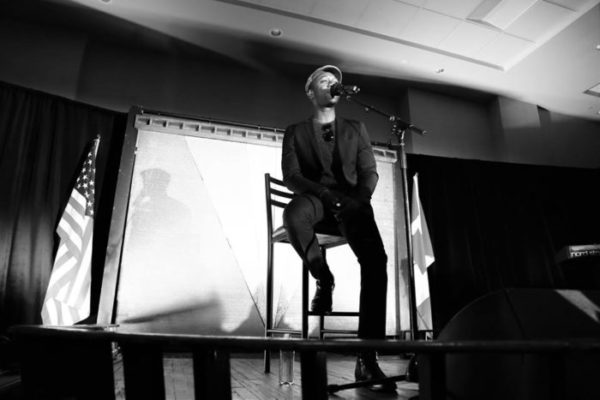
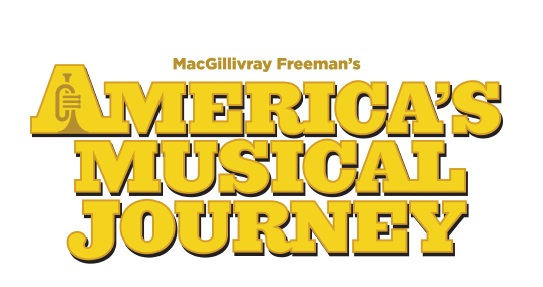
America’s Musical Journey is a MacGillivray Freeman Film produced in association with Brand USA and presented by Expedia.
Director: Greg MacGillivray
Producer: Shaun MacGillivray
Executive Producer: Tom Garzilli
Writer: Stephen Judson
Music By: Steve Wood
Editors: Stephen Judson, Jason Paul and Victoria McGinnis
Director of Cinematography: Brad Ohlund
Aerial Cinematographer: Ron Goodman
Production Manager: Meghan MacGillivray
Production Manager: Kathy Almon
Visual Effects: Alan Markowitz

Becoming AFI Celebrates 50 Years Of American Film Institute
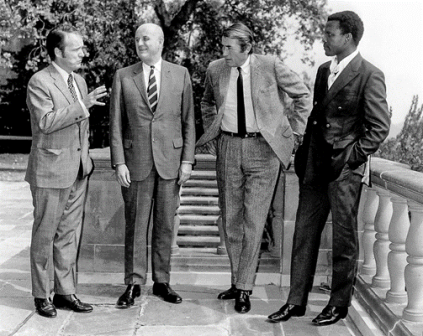 |
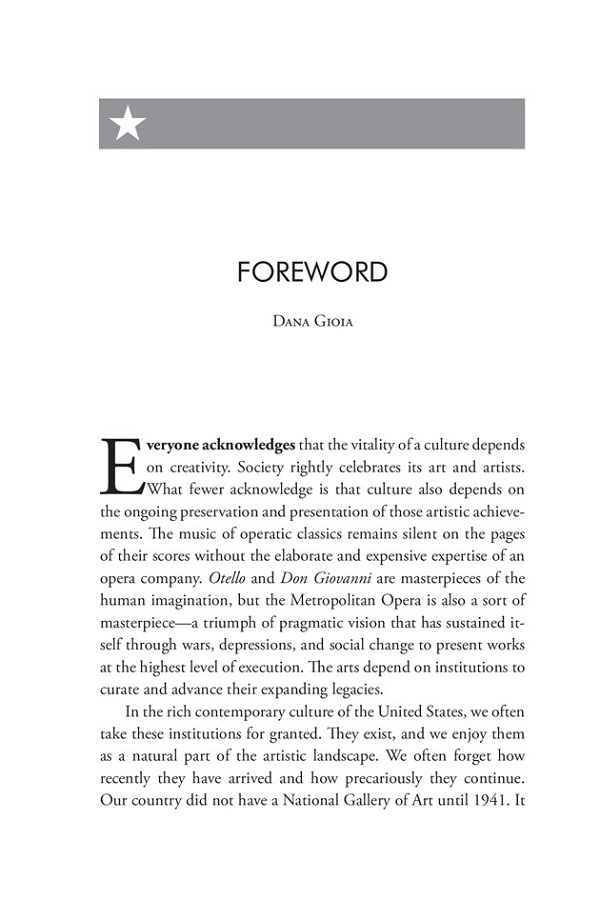
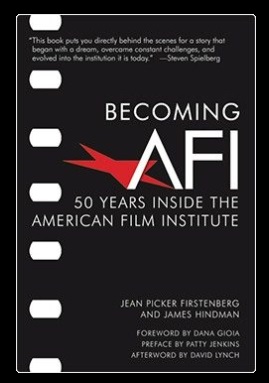 From its early years operating out of the Kennedy Center in Washington, DC, and the legendary Greystone mansion in Beverly Hills under the leadership of George Stevens Jr., through its incredible growth into an influential cultural institution at its landmark Hollywood campus under the guidance of Jean Picker Firstenberg, to its continued excellence today under the dynamic leadership of Bob Gazzale, the organization and its history are chronicled in Becoming AFI through in-depth essays written by those who have been involved in its adventures, growth, and success.
From its early years operating out of the Kennedy Center in Washington, DC, and the legendary Greystone mansion in Beverly Hills under the leadership of George Stevens Jr., through its incredible growth into an influential cultural institution at its landmark Hollywood campus under the guidance of Jean Picker Firstenberg, to its continued excellence today under the dynamic leadership of Bob Gazzale, the organization and its history are chronicled in Becoming AFI through in-depth essays written by those who have been involved in its adventures, growth, and success.
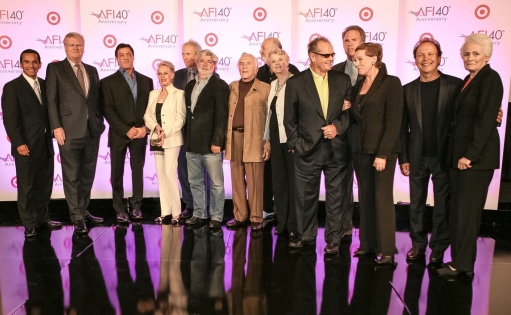 |
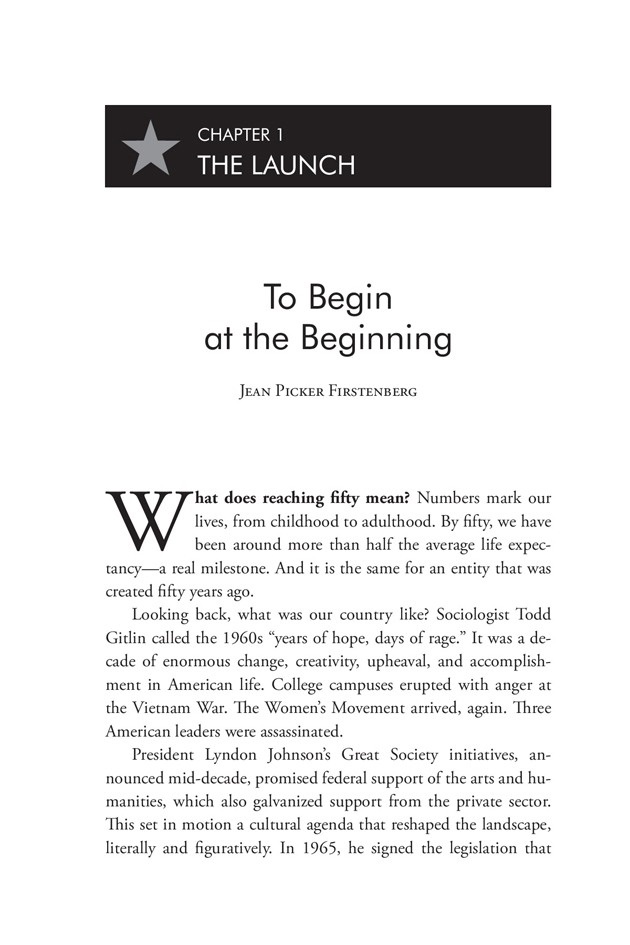
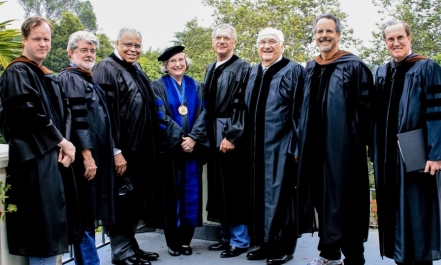 |
Reenact These Famous Movie Road Trips
Wildly changing oil prices are keeping us guessing on accurate fuel cost estimates so don’t forget to check the price of gasoline before you hit the road 
![]()
Infographic courtesy of our friends at car leasing made simple.
Thirty Five Million Dollar Star Trek Themed Mansion
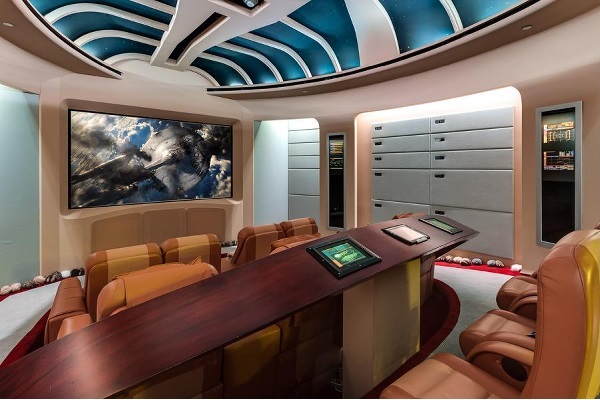
BOCA RATON, Fla.– May 2014 — The “Star Trek Mansion” in Boca Raton, Florida, is now on the market for a cool $35 million, featuring a much-buzzed-about home theater designed by Acoustic Innovations. Created to model the bridge of the Star Ship Enterprise, the theater is the focal point of the 27,000-square-foot home owned by Marc Bell, managing partner of Marc Bell Capital Partners LLC in Boca Raton. Last year, Acoustic Innovations designed a smaller theater in the home to resemble a military encampment, creating the mood for game enthusiasts to play “Call of Duty” and other Xbox games.
“Acoustic Innovations and Jay Miller did a fantastic job of taking our Star Trek theater vision and turning it into reality. If you can dream it, Jay can build it,” said Bell. “Acoustic Innovations’ attention to detail for every aspect of the project — from the advanced A/V technology to the quality and comfort of the chairs — meant that we were able to create a home theater experience that exceeds anything you’ll find in a commercial movie theater. We’re looking forward to working with Jay and his team on the Star Trek theater and home 2.0, wherever that may
be.”
Classic THX Ultra2 Plus -Digitally Mastered -Avatar Intro (After Credits) –
Winner of a Gold award and Best Architecture award from the Custom Electronic Design and Installation Association (CEDIA) in 2007, the
1,400-square-foot Star Trek entertainment space includes the theater, a bar, and a “ready room” filled with Bell’s collection of props, models,
and drawings from the Star Trek television series, as well as Star Trek and Star Wars movies. Modeled to recreate the bridge from the Enterprise, circa “Star Trek: Next Generation,” the theater even includes motion-activated air-lock doors that “whoosh” when opening and closing.
When the theater was originally completed in 2007, it featured the most advanced high-definition cinema A/V system available. Since then it has undergone three major technology upgrades to keep it on the leading edge, including 3D projection capabilities. In addition to the functional and aesthetic design and d-cor, Acoustic Innovations designed the acoustics both inside and outside the theater, as well as for the “Call of Duty” video game room.
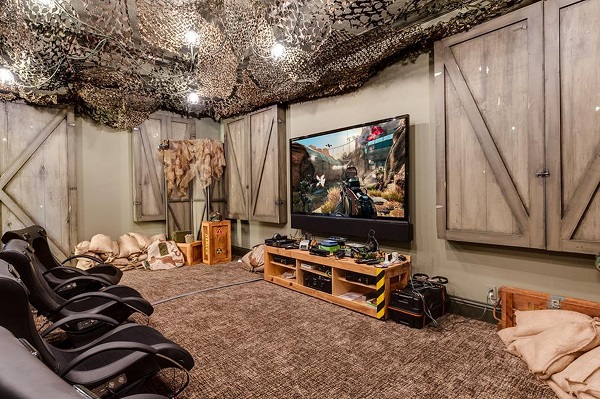
“It’s incredibly exciting to work with Marc on a project, because he is always open to an interesting idea,” said Jay Miller, president, Acoustic Innovations. “A collaborative effort is extremely important on every job we do, and for this project Marc and I clicked very early on how to execute the Star Trek bridge. Now that the house is up for sale, it’s amazing and gratifying to see how the theater has gone viral in the online press; in fact, I’ve not seen anything like it in my 23 years as a specialty theater designer.”
For more on this incredible home that has grabbed international attention, visit:
The Palm Beach Post: http://bit.ly/1qGRuG5
-Forbes: http://onforb.es/1k6o8M4
-Star Trek: http://bit.ly/1sxUS1q
-CBS12: http://bit.ly/1ovgKNx
-Business Insider: http://read.bi/1mZlXxq
-Engadget: http://engt.co/1nPTARZ
-Douglas Elliman Real Estate: http://bit.ly/1oUTuG2
For two decades Acoustic Innovations has been the source for personal theaters, theater seating, fiberoptic ceilings, acoustical panels, and residential noise control solutions. Over this time we have pioneered many of the materials and design specifications used today. Our staff has completed thousands of personal theaters throughout the world and has developed processes to ensure delivery of the ultimate client satisfaction. At every level of cost we blend the science of acoustics with the art of aesthetics. More information is available at http://www.acousticinnovations.com.
Real–life Detroit set to receive ten-foot ‘pop culture’ Robocop statue

In the 1987 the Dutch auteur film maker Paul Verhoeven created a movie unlike any other. He called it Robocop and I’m old enough to remember watching this dark comedy sci-fi masterpiece when it was brand spanking new.
This film and its sequel (humbly titled: Robocop 2) continue to resonate and influence today’s art and culture. Sometime this year or perhaps next, in the real-world city of Detroit a ten-foot tall Officer Murphy (aka Robocop himself) statue will be unveiled- 26 years after Verhoeven chose Detroit as the setting for a near future city on the brink of disaster due to the privatization of that city’s police force and its resulting corporate mismanagement.
It seems OCP, Detroit’s police force, have no choice but to create a half-man half-machine cyborg in hopes of not only a public relations coup but with an eye on a bright future of profitable policing. Enter the complicated messages stitched into Robocop.
Film like all media, has been used as a political statement before but perhaps Robocop did this unintentionally. It’s a sci-fi movie first and foremost but the personal message exists too: THIS MIGHT HAPPEN. “Dead or alive….you’re coming with me.” CP
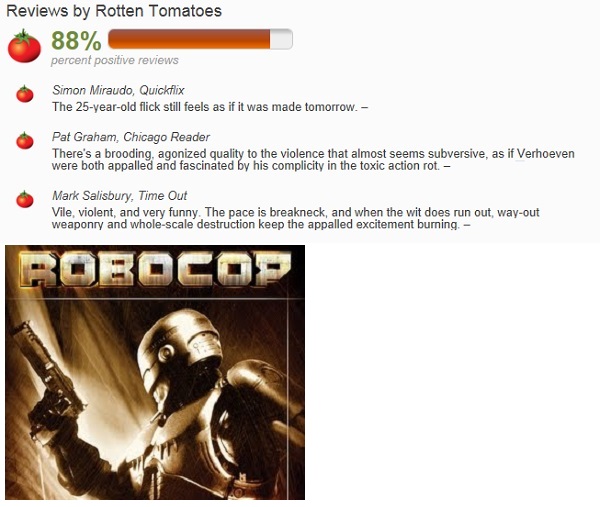
Supplemental- The Rocky Balboa statue in Philadelphia http://www.pophistorydig.com/wp-content/uploads/2009/07/1982-rocky-rear-90.jpg
“Oh what the hell, frieda chicken”
Bollywood Movies Popular In GTA
The importance of Toronto for the world movie industry is becoming more and more substantial. It has already gained the nickname “Hollywood North“ and now the major Indian film studios are tightening their co-operation with the city of Toronto. More and more Bollywood movies are being shot in Toronto, a huge number of Torontonian cinemas screen Bollywood movies, and even this year’s International Indian Film Academy Award celebration Silo Direct Link to Intern’l Indian Film Academy Award Video took place in Toronto. It won’t be a surprise if Toronto becomes “Bollywood West” in a few years.
Not sure what “Bollywood” means? Here’s a quick refresher: Silo Direct Link to Wiki’s Bollywood Def’n
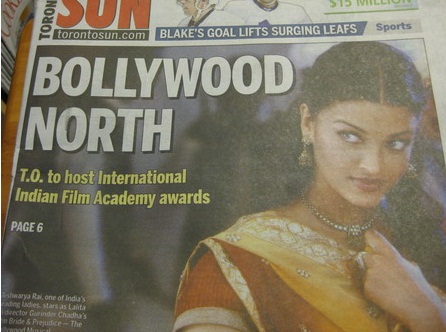
Cinemas Showing Bollywood Movies in Toronto and the GTA
Golden Eye Media Cinemas Silo Direct Link to Golden Eye Cinemas
Golden Eye Media Cinemas include three very similar cinemas located in different parts of Toronto and the GTA. Albion Cinemas are located right in the centre of Etobicoke at the Albion Centre (1530 Albion Road Etobicoke). Woodside Cinemas can be found in east Toronto in the Woodside Square Shopping Centre (1571 Sandhurst Circle Scarborough). Bayfield Cinemas are located in Bayfield Mall (320 Bayfield Street) in Barrie.
Ticket prices in all three cinemas are very reasonable, and parking is free. If you want to see the latest and most popular Bollywood movies with your family, Golden Eye Cinemas are just what you’re looking for. It’s very easy to find them, and there are many different restaurants near each one where you can find something to eat after the show.
Cineplex Theatres
Cineplex cinemas Silo Direct Link to Cineplex Theatres
Cineplex cinemas have been playing Bollywood movies since the ‘90s and are very popular among Torontonian Bollywood movie lovers. Chief executive officer of Cineplex Theatres Ellis Jacob expressed his ambition to continue to screen Bollywood movies in a recent interview for The Globe and Mail, “We’ve been committed to it as a company for the longest time… There’s a great desire for us to continue to grow that business.” There were no doubts that Cineplex would be the main cinema partner of the 2011 IIFA film festival.
If you want to enjoy Bollywood movies with great sound and screen quality, visit one of these theatres: Sheppard Grande Toronto (4861 Yonge Street, Toronto, (416) 590-9974), SilverCity Brampton (50 Great Lakes Drive, Brampton, (905) 789-6797), Coliseum Scarborough (Scarborough Town Centre, 300 Borough Drive, Scarborough, (416) 290-5217), or Cineplex Odeon Eglinton Town Centre (22 Lebovic Avenue, Toronto, (416) 752-4494).
Silo Direct Link to AMC Theatres
This huge cinema chain has been regularly showing Bollywood movies for the past several years. Watching Bollywood dancing and singing on a gigantic screen in an AMC cinema is a great experience, and you’ll definitely love it unless you prefer smaller independent cinemas. If you’re ready for a huge dose of Bollywood, visit one of these AMC theatres: AMC Courtney Park Mississauga (110 Courtney Park Drive E, Mississauga), AMC Kennedy Common Scarborough (33 William Kitchen Road, Scarborough), AMC Winston Churchill Oakville (2081 Winston Park Drive,
Oakville), or AMC Yonge and Dundas Toronto (10 Dundas Street East, Toronto).
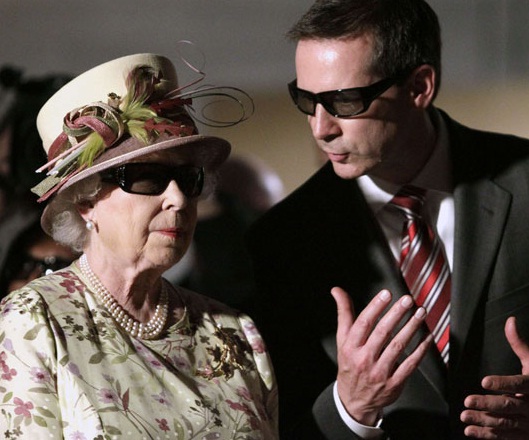
Bollywood Movies Shot in Toronto
We’ve already mentioned that Toronto is a famous location for Bollywood movie producers. Let’s see in which parts of Toronto the most famous Bollywood movies were shot. The centre of the city (e.g. Yonge Street) is the most common place where movies are shot in Toronto, thanks to low production costs and Toronto’s resemblance to any other bigger city. This is also the case of Bollywood/Hollywood (2002) and Kal Ho Naa Ho (2003). Another very popular Bollywood movie, Thank You (2011), was shot at Toronto’s Flatiron Building, the Air Canada Centre, and Niagara Falls. There are many other spots in Toronto where parts of Bollywood movies were shot; the most common are St. Jamestown, University of Toronto, and the Old and New City Halls.
Bollywood Movie Rentals
One can easily recognize that there’s a strong community of approximately 550,000 Indian people living in Toronto and the GTA, thanks to the abundance of Indian restaurants, bistros, shops, dance schools, etc. However, it’s quite a surprise that it’s so easy to find a Bollywood movie rental in almost every neighbourhood in Toronto. They’re usually small, hidden shops with an astonishing collection of Bollywood flicks. If you want to have a Bollywood movie night in your home, try one of these rental shops: Bollywood ‘N Varieties (25 Overlea Boulevard), Bollywood 4 U (683 Markham Street), R K’s Bollywood Entertainment (1395 Queen Street W), Bollywood DvD Center (31 Street Dennis Drive, North York), Fieldgate Video (2465 Cawthra Rd.,Unit 127, Mississauga), or Golden Groceries Silo Direct Link to Golden Groceries (2975 Drew Rd. Mississauga; 5995 14th Ave. Unit A-1, Bldg. A, Markham; 305 Charolais Blvd. Brampton; 4525 Ebeneyer Rd., Brampton, Cottrelle Blvd. Brampton).
For the Silo, Jamie Sarner.











